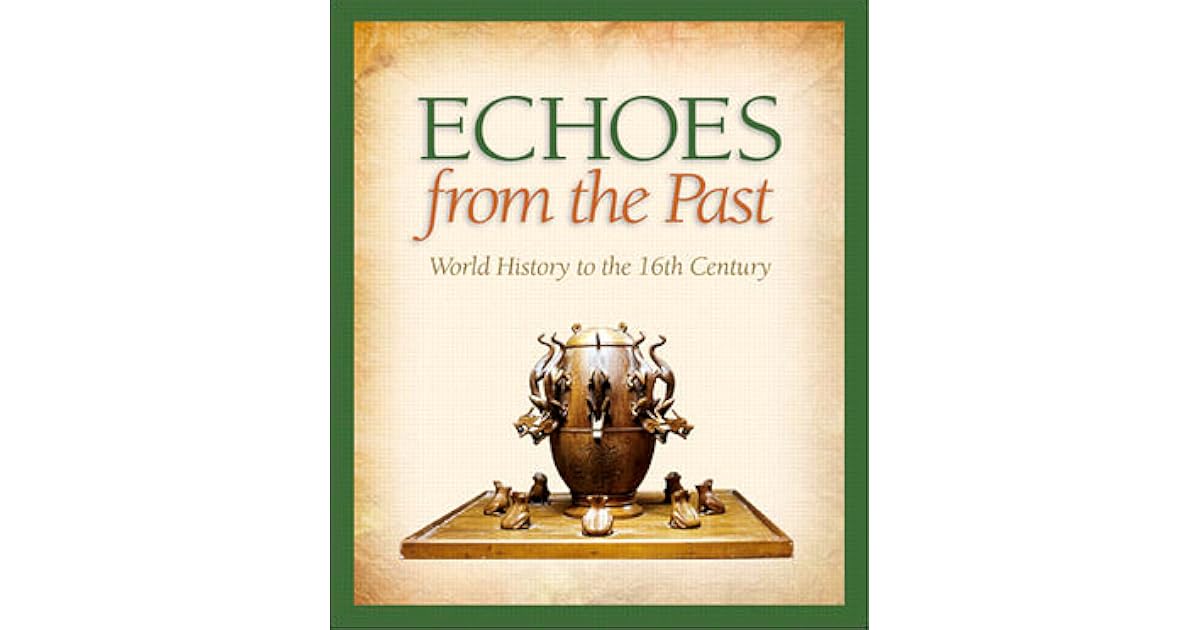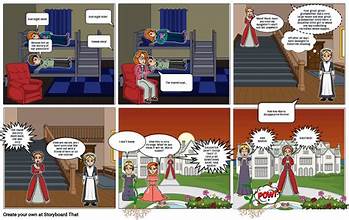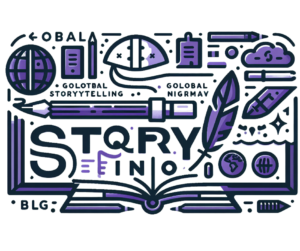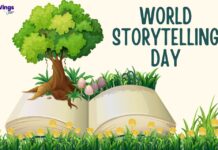
In the ever-evolving world of literature, where trends shift with the blink of an eye, the timeless charm of classic storytelling holds an enduring appeal. As contemporary writers experiment with new forms and styles, there is a notable resurgence in the appreciation of classic storytelling techniques, particularly in the realm of modern short fiction. This article delves into the reasons behind this revival, explores key classic storytelling elements that are being reintroduced, and offers insights into how these techniques enrich contemporary short fiction.
The Timeless Appeal of Classic Storytelling
Classic storytelling has always captivated audiences with its rich narratives, memorable characters, and profound themes. From the epic tales of Homer to the intricate plots of Shakespeare, these stories have stood the test of time due to their universal appeal and the fundamental truths they explore about human nature. Modern short fiction, despite its brevity, often borrows from these age-old techniques to create impactful and resonant stories.
1. Emphasis on Character Development
One of the hallmarks of classic storytelling is its focus on deep, multifaceted characters. Classic works often feature protagonists with complex motivations, inner conflicts, and significant growth throughout the narrative. Modern short fiction that revives this approach tends to create characters who are not only relatable but also undergo significant transformation within the constrained length of the story.
For instance, in a short story, a writer might craft a character whose personal struggles and evolution are central to the plot, reflecting the intricate character studies found in classic literature. This technique not only enhances reader engagement but also provides a satisfying emotional payoff.
2. Mastery of Plot Structure
Classic storytelling often adheres to well-defined plot structures, such as the three-act structure or the hero’s journey. These frameworks provide a clear beginning, middle, and end, ensuring that the narrative is coherent and compelling. Modern short fiction frequently employs these traditional structures to deliver concise yet powerful stories.
For example, a short story might follow the hero’s journey, where the protagonist embarks on a transformative quest that leads to a resolution or revelation. By utilizing these classic plot devices, writers can craft stories that resonate deeply with readers, even within a limited word count.
3. Rich, Evocative Language
The language of classic literature is renowned for its elegance, vivid imagery, and emotional depth. Modern short fiction often draws inspiration from this style to create evocative and immersive narratives. Writers may employ descriptive language, metaphor, and symbolism to evoke a sense of time and place, much like the literary masters of the past.
Incorporating rich, evocative language helps to create a more immersive reading experience, allowing readers to connect with the story on a deeper level. This technique also adds a layer of sophistication to modern short fiction, linking it to the esteemed tradition of classic storytelling.
Examples of Classic Storytelling in Modern Short Fiction
Several contemporary writers have successfully integrated classic storytelling techniques into their short fiction, demonstrating the enduring relevance of these methods.
1. Raymond Carver’s Minimalism
Raymond Carver, a prominent figure in modern short fiction, is known for his minimalist style. While his approach may seem modern, it echoes the simplicity and directness found in classic literature. Carver’s stories often feature ordinary characters facing profound dilemmas, mirroring the straightforward yet impactful narratives of classic works.
2. Alice Munro’s Complex Characters
Alice Munro’s short stories exemplify the intricate character development seen in classic literature. Her stories often delve into the lives of her characters with a depth and nuance that is reminiscent of classic character studies. Munro’s ability to capture the complexities of human nature within the confines of a short story highlights the relevance of classic storytelling techniques in contemporary fiction.
3. Jhumpa Lahiri’s Evocative Language
Jhumpa Lahiri’s use of evocative language and detailed descriptions in her short fiction reflects the influence of classic literary styles. Her ability to create vivid settings and emotionally charged narratives demonstrates how modern writers can draw from classic traditions to enhance their storytelling.
The Impact of Reviving Classic Storytelling Techniques
The revival of classic storytelling techniques in modern short fiction has several notable impacts:
1. Enhanced Reader Engagement
By incorporating familiar narrative structures and character archetypes, modern short fiction can create a sense of continuity with the literary past. This connection can enhance reader engagement and make contemporary stories more relatable and enjoyable.
2. Increased Literary Appreciation
Reviving classic storytelling techniques contributes to a greater appreciation of literature as a whole. It allows readers to explore how timeless elements of storytelling continue to evolve and resonate in the modern context.
3. Broader Appeal
Classic storytelling techniques have a universal appeal that transcends time and culture. By integrating these techniques into modern short fiction, writers can reach a broader audience and create stories that have a lasting impact.
Conclusion
The resurgence of classic storytelling in modern short fiction is a testament to the enduring power of timeless literary techniques. By emphasizing character development, adhering to traditional plot structures, and employing rich, evocative language, contemporary writers are bridging the gap between the past and the present. This revival not only enriches the landscape of modern fiction but also honors the legacy of classic storytelling, ensuring that its echoes continue to resonate in the stories of today.











